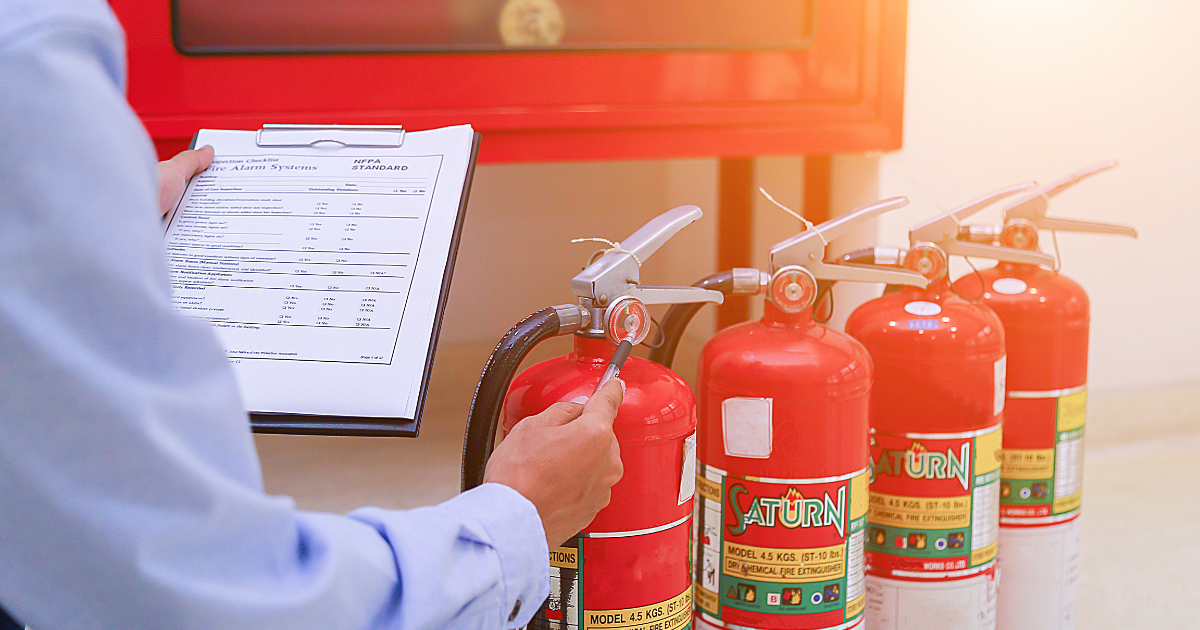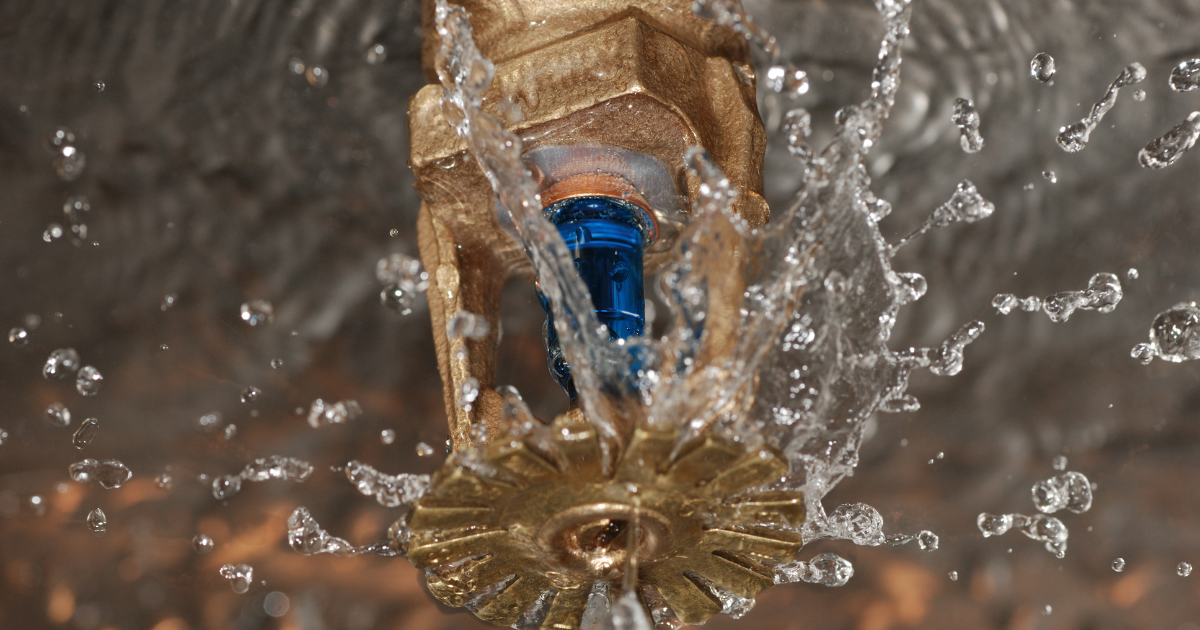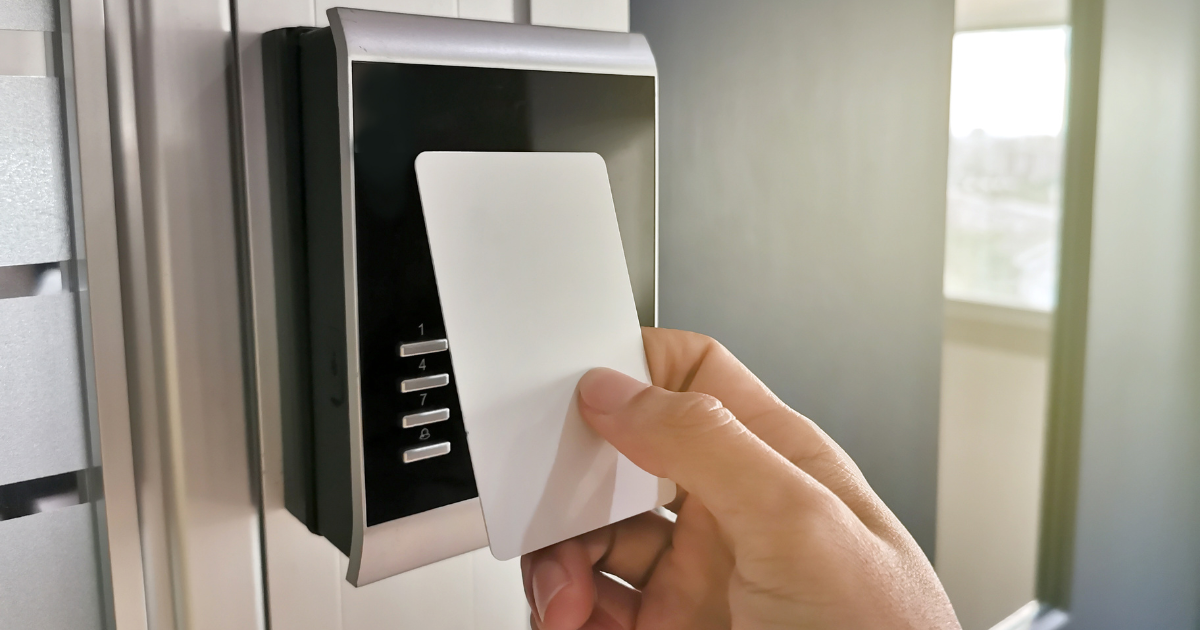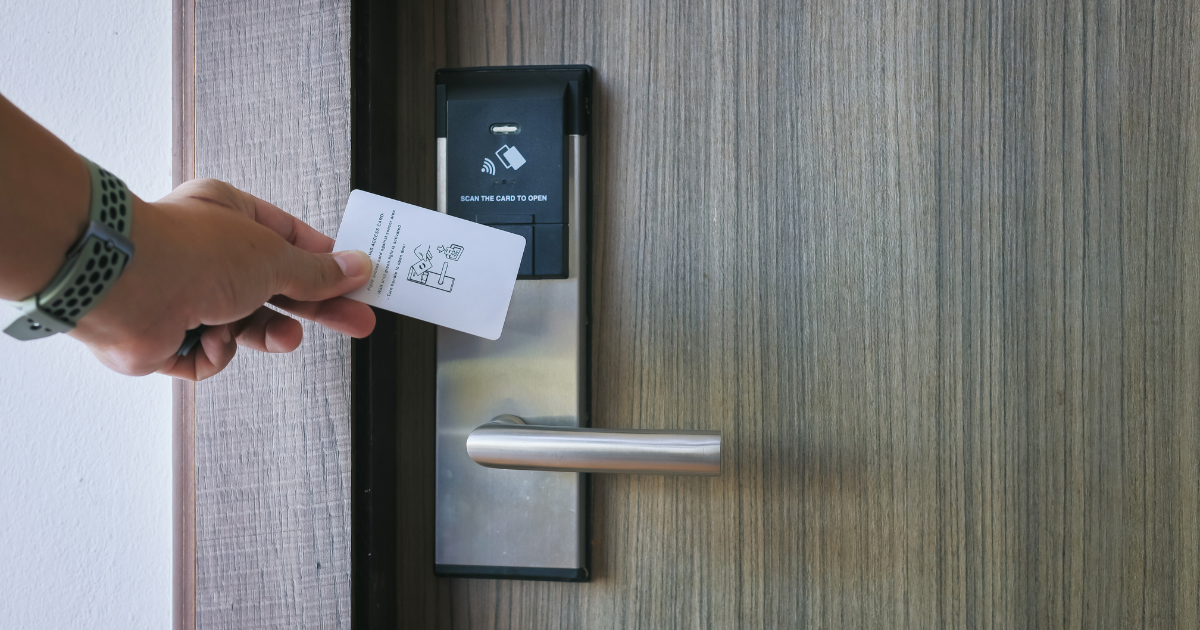When asked about a property’s fire protection system, what usually comes to your mind first? Smoke detectors? Sprinkler systems?
While those are essential components of fire protection, they only cover a small portion of the necessary protection you need during an emergency.
There are two types of systems that reputable fire protection professionals would recommend in your home:
- Passive Fire Protection
- Active Fire protection
These two fire suppression systems play bigger roles in the event of a fire. They help to stop and prevent the spread of fire, smoke, and flames.
They can contain and minimize potential damages and avert loss of life.
Both are meant to work together during a fire, but many are still confused about their differences. Here’s a guide about active fire protection and passive fire protection systems.
Active Vs. Passive Fire Protection System
Active Fire Protection (AFP)
Active Fire Protection System is a group of systems that require action or motion to work in the event of a fire. These actions can be manual like a fire extinguisher or automatic like a sprinkler system.
AFP systems function as a weapon against fire. Even firefighters use this type of fire protection. Examples of active fire protection systems include:
- Fire/Smoke Alarm Systems (to detect smoke and alert building occupants)
- Fire extinguishers (to put out small fires manually)
- Sprinkler systems (to automatically help put out a fire while occupants are leaving the building)
- Ventilation systems (to help direct smoke out of the building)
Active fire protection devices are installed based on different criteria, such as the number of occupants and size of the building.
Although they help suppress the fire, they can only do so much. The severe spread of fire smoke may still go beyond the control of these devices. That’s why passive fire protection is also needed.
Passive Fire Protection (PFP)

Passive Fire Protection (PFP) is a group of systems designed to help prevent the spread of fire smoke. PFP devices contain the fire to its origin and stop it from spreading throughout the building.
These passive fire protection systems are usually built right into the building. Examples include structures with fire-retardant materials such as:
- Fire doors
- Cinder block walls
- Dampers
- Fire-resistant glass partitions
- Smoke curtains
Why You Need Both Active And Passive Fire Protection Systems
Although they are different, the two fire protection systems are equally important to a building’s overall fire safety.
The AFP uses systems that take action to put out the fire, while PFP helps prevent the further spread of the fire.
Just because you have one type of suppression system, does not mean you don’t need the other one. To ensure that your property has total fire protection, both AFP and PFP should be maximized together.
When used together, they can play huge roles in safeguarding residents, as well as in controlling possible damages to the property.
Level Up Your Fire Protection System
Although fire extinguishers and sprinklers are the usual first line of defense against a fire emergency, it’s the PFP systems that serve as the barrier against smoke.
Make sure to maximize the use of both AFP and PFP to get the best protection against fire emergencies.
If you need a reputable professional to take care of your fire safety needs, B&W Fire Security Systems is here for you.
At B&W Fire Security Systems, we take pride in servicing all our valued customers.
We provide affordable inspection, installation, testing, and preventive maintenance for fire protection systems. We also offer 24/7 emergency service on all aspects of fire protection equipment.
Contact us today to experience our award-winning services!
Do you have questions regarding fire safety? Leave a comment and ask questions or share your thoughts below!




